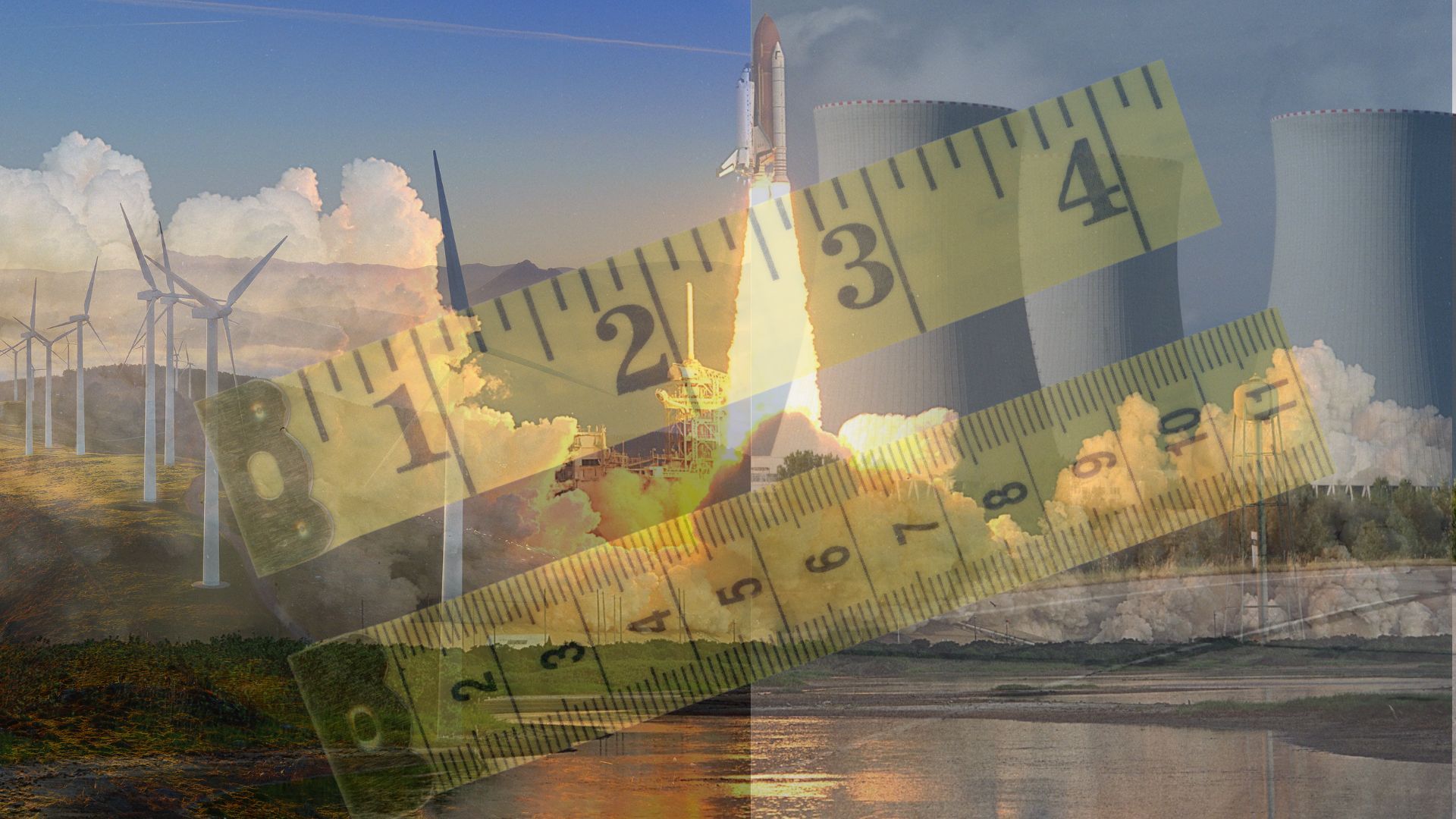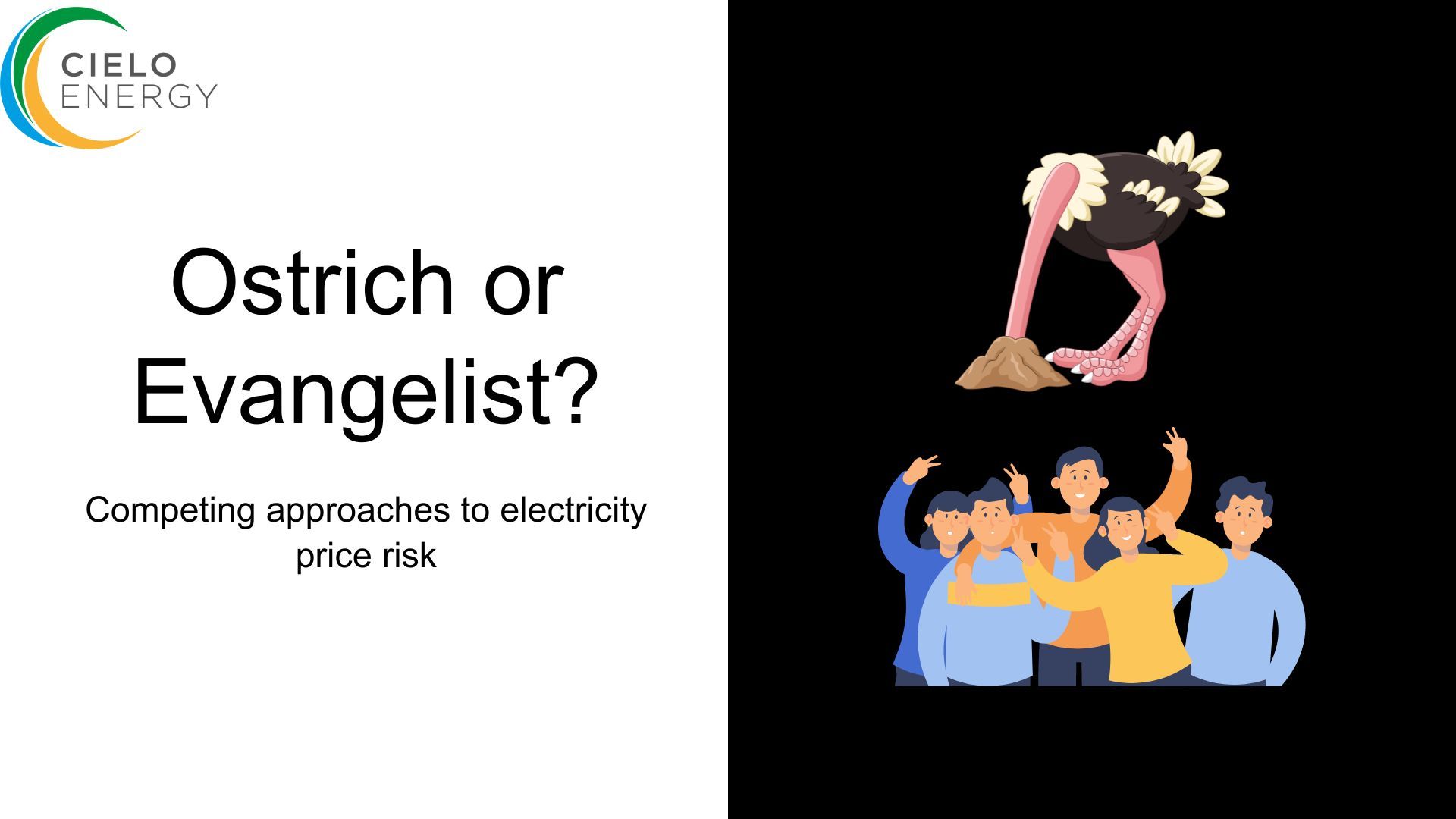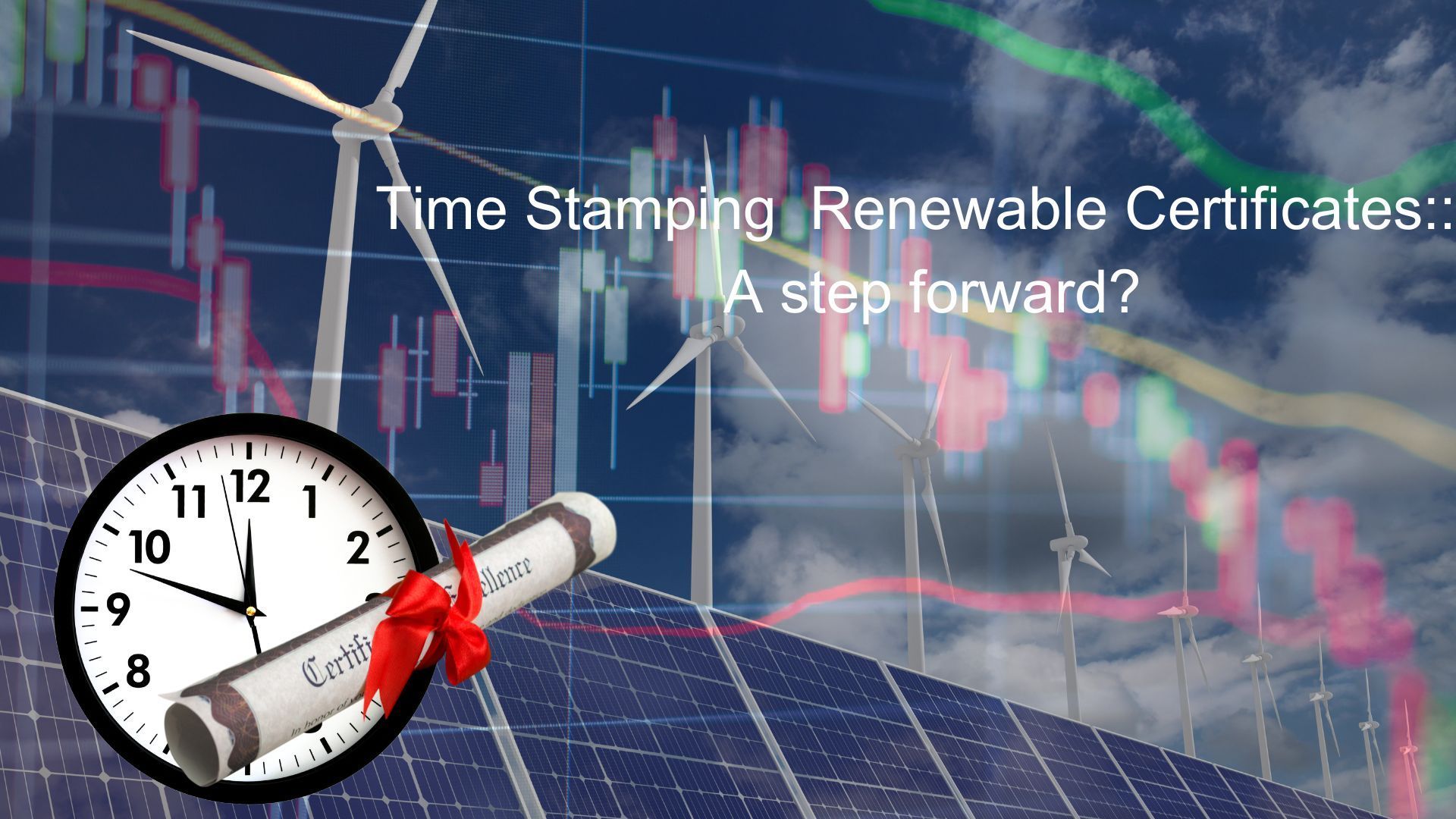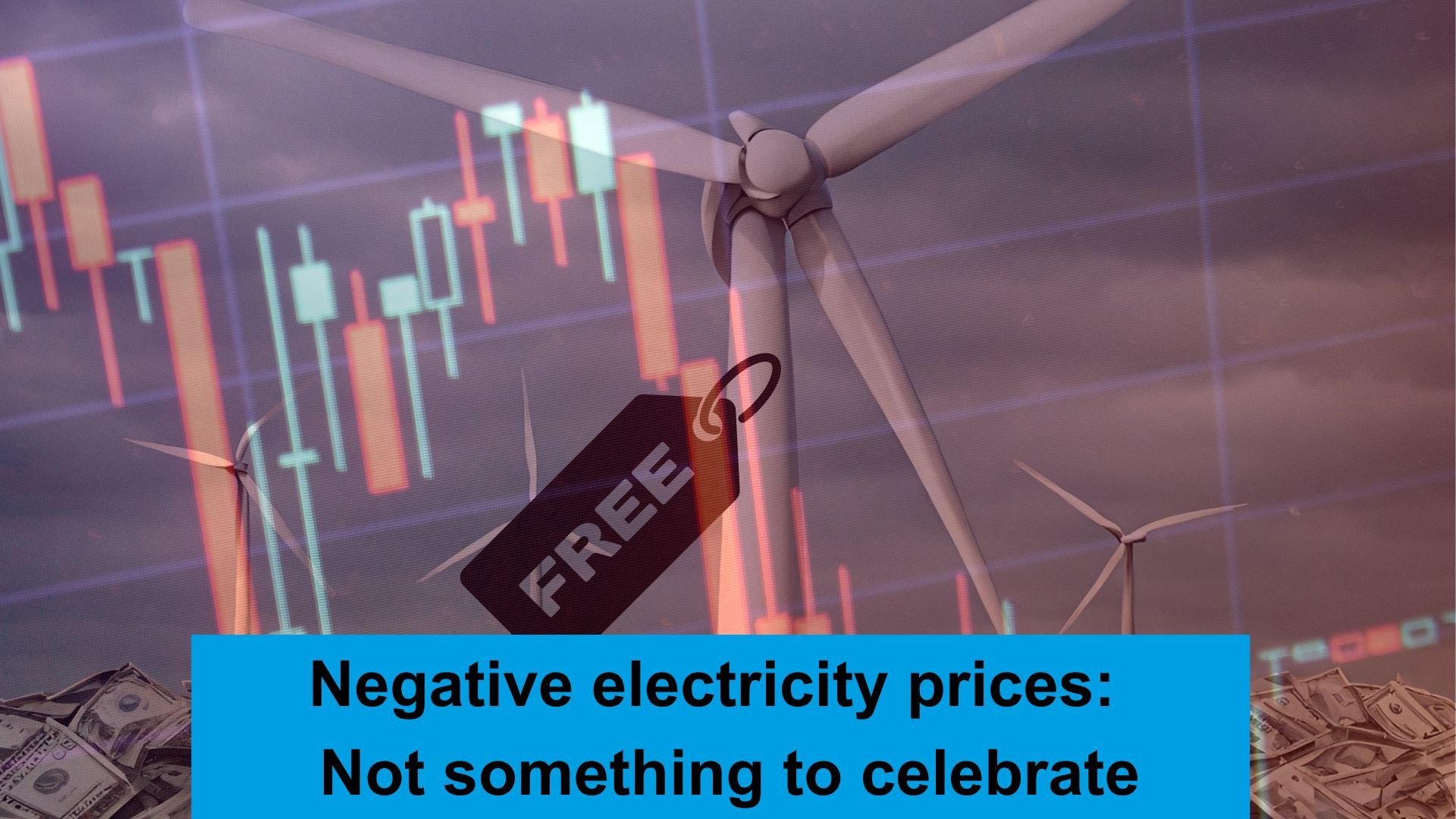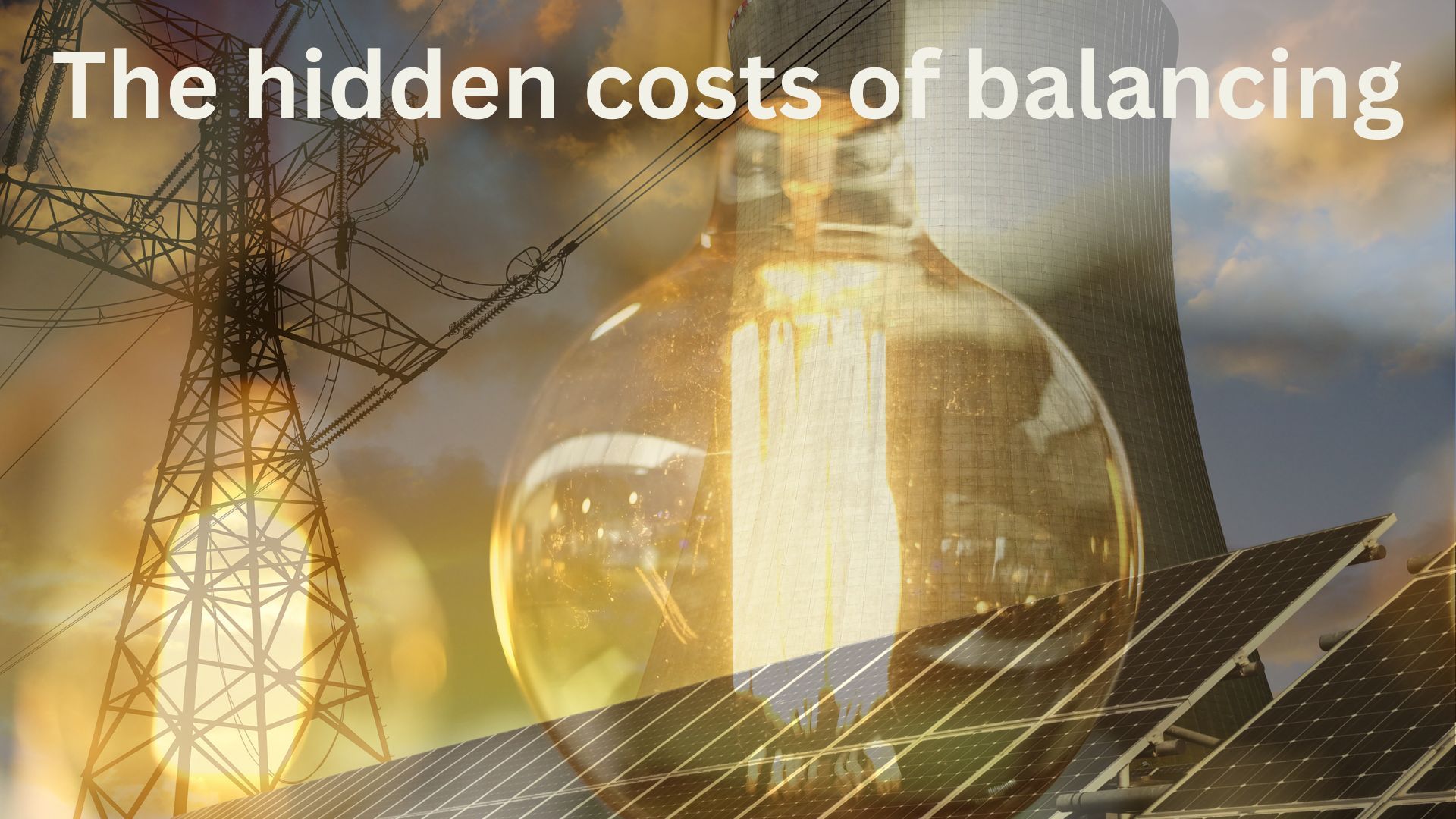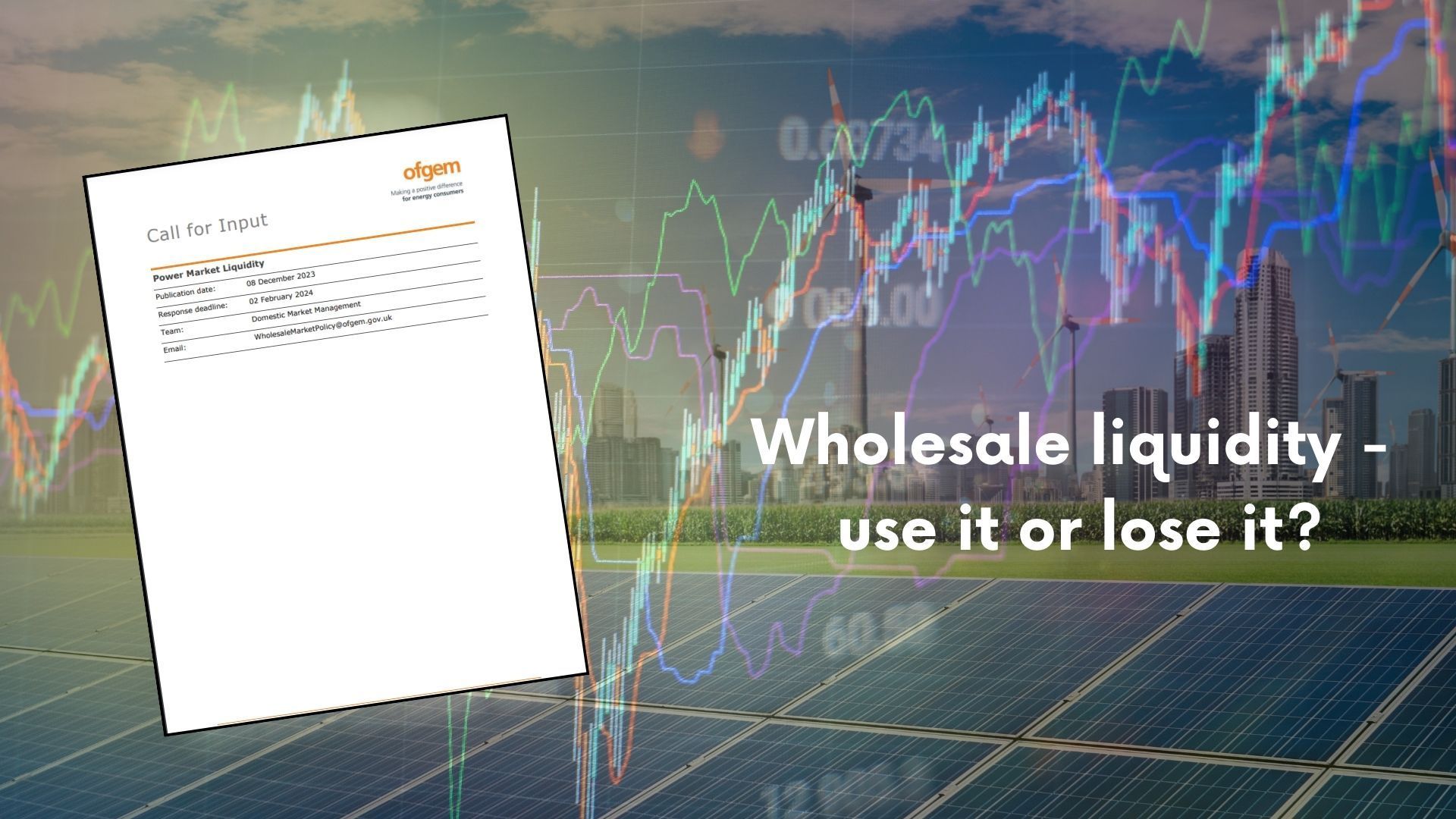Rapid changes in the market are impacting the way they work.

To make a wheel work, there needs to be an axis around which it rotates – or it just won’t go around.
The same is true for any market – without an axis of some sort, it just isn’t a market.
Placing the hub in the right place ensures a smooth journey.
Historically there have really been 2 markets in electricity – the wholesale and retail ones, but will that continue and how will it change?
At a 𝐰𝐡𝐨𝐥𝐞𝐬𝐚𝐥𝐞 level, prices are set for notional delivery somewhere in the transmission network (45% of the way between generator and grid supply point if you’re interested). The point at which generation and demand meet.
Over time the relative importance of this market has changed.
In a market with over 40% renewables, and a capacity payment to other generators, the wholesale market is only part of the revenue story.
Whilst for any generation with a CfD it only really exists to create an index for settlement purposes, and PPA structuring.
As more generation is protected from wholesale price volatility the price signals to operate in a certain way are reduced – which may be good in maximising generation from assets deemed good for net zero, but at the same time means the generation is protected from the balancing costs it creates, as it is constrained off at certain times.
While at the same time growth in 𝐬𝐡𝐨𝐫𝐭 𝐭𝐞𝐫𝐦 𝐯𝐨𝐥𝐚𝐭𝐢𝐥𝐢𝐭𝐲 has created an explosion of new ancillary service markets to ensure the system balances.
At the other end of the market, 𝐫𝐞𝐭𝐚𝐢𝐥 𝐜𝐨𝐧𝐬𝐮𝐦𝐞𝐫𝐬 revolve around the 𝐬𝐮𝐩𝐩𝐥𝐢𝐞𝐫 𝐡𝐮𝐛. The point being that (in most cases) a single consumer has a single meter, which is the responsibility of the supplier. This created the current model and allowed simple products for customers.
An electricity supplier is responsible for dealing with all the complexity of the electricity market on behalf of its customers, including paying all the complex bills to third parties for transportation, balancing and renewable subsidies.
The upside of this model is that it creates 𝐬𝐢𝐦𝐩𝐥𝐢𝐜𝐢𝐭𝐲 𝐟𝐨𝐫 𝐞𝐧𝐝 𝐮𝐬𝐞𝐫𝐬. A single bill from a single entity for everything associated with electricity.
However, on the flip-side it creates a potential barrier to the adoption of new products and services from non-suppliers.
As the market changes there is a shift towards the hub being the customer itself, with multiple suppliers offering multiple services to a single customer.
Is this in customer’s interests? With price volatility high, and multiple suppliers the opportunity for customer being left with complex risks that they don’t understand increases. Add to this the price certainty being offered to upstream investors and the position of consumers looks choppy to say the least.
Whatever the future holds - for the market to work for all participants a hub that provides liquidity with clear signals, risk transfer and controls is required.
It is debateable whether the current direction of travel will deliver this.
𝐍𝐚𝐯𝐢𝐠𝐚𝐭𝐢𝐧𝐠 𝐭𝐡𝐞 𝐞𝐥𝐞𝐜𝐭𝐫𝐢𝐜𝐢𝐭𝐲 𝐦𝐚𝐫𝐤𝐞𝐭 𝐜𝐞𝐫𝐭𝐚𝐢𝐧𝐥𝐲 𝐢𝐬𝐧’𝐭 𝐠𝐨𝐢𝐧𝐠 𝐭𝐨 𝐠𝐞𝐭 𝐚𝐧𝐲 𝐞𝐚𝐬𝐢𝐞𝐫.
Share this on social media
All Rights Reserved | Cielo Energy
REG NO: 11992760 | ICO REG NO: ZA757421




